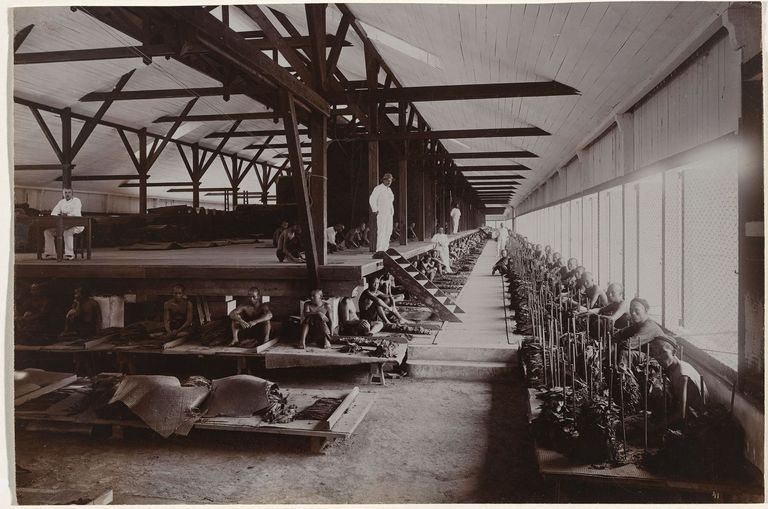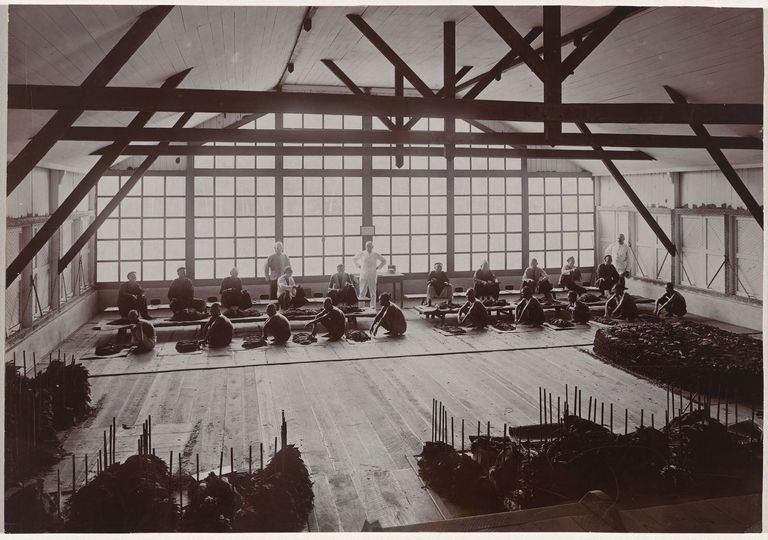
Photo: Carl Josef Kleingrothe/National Gallery of Australia
Until the 1800s, there were not many Dutch people living in the Dutch East Indies. Most of those who came were government employees and soldiers. Hence, the number of Dutch colonies in the Dutch East Indies was also not large.
The development of transportation technology with the invention of the steamship made sea travel faster and did not rely on ocean currents and wind anymore. Coupled with the opening of the Suez Canal which cuts the land so that it connects the Mediterranean Sea in Europe with the Red Sea in Asia. So, ships from Europe no longer needed to circle through the Cape of Good Hope in South Africa to reach Asia.
In addition, the development of telecommunications technology with the invention of the telegraph and telephone brought Europe and Asia closer together. As a result, there is more interaction between the two regions. More and more Dutch private companies were investing in the Dutch East Indies. Bringing his employees to the colony.

Photo: Carl Josef Kleingrothe/National Gallery of Australia
These private companies entered the mining and plantation sectors. For reasons of cost, cheap Chinese coolies were imported from China. When the Chinese coolies became expensive, Javanese coolies were brought in to work on the plantations in Sumatra.
The photos above show Chinese coolies in a tobacco warehouse in North Sumatra around 1900 with Dutch foremen. Deli tobacco was then exported mainly to the European market.
** Your post has been upvoted (24.70 %) **
Curation Trail Registration is Open!
Curation Trail Here
Delegate more BP for better Upvote + Daily BLURT 😉
Delegate BP Here
Thank you 🙂 @tomoyan
https://blurtblock.herokuapp.com/blurt/upvote